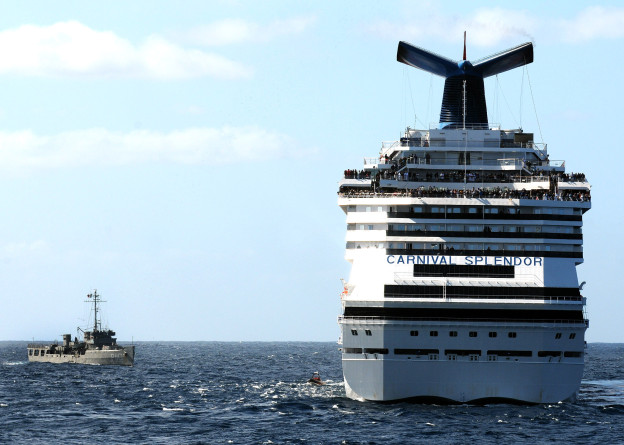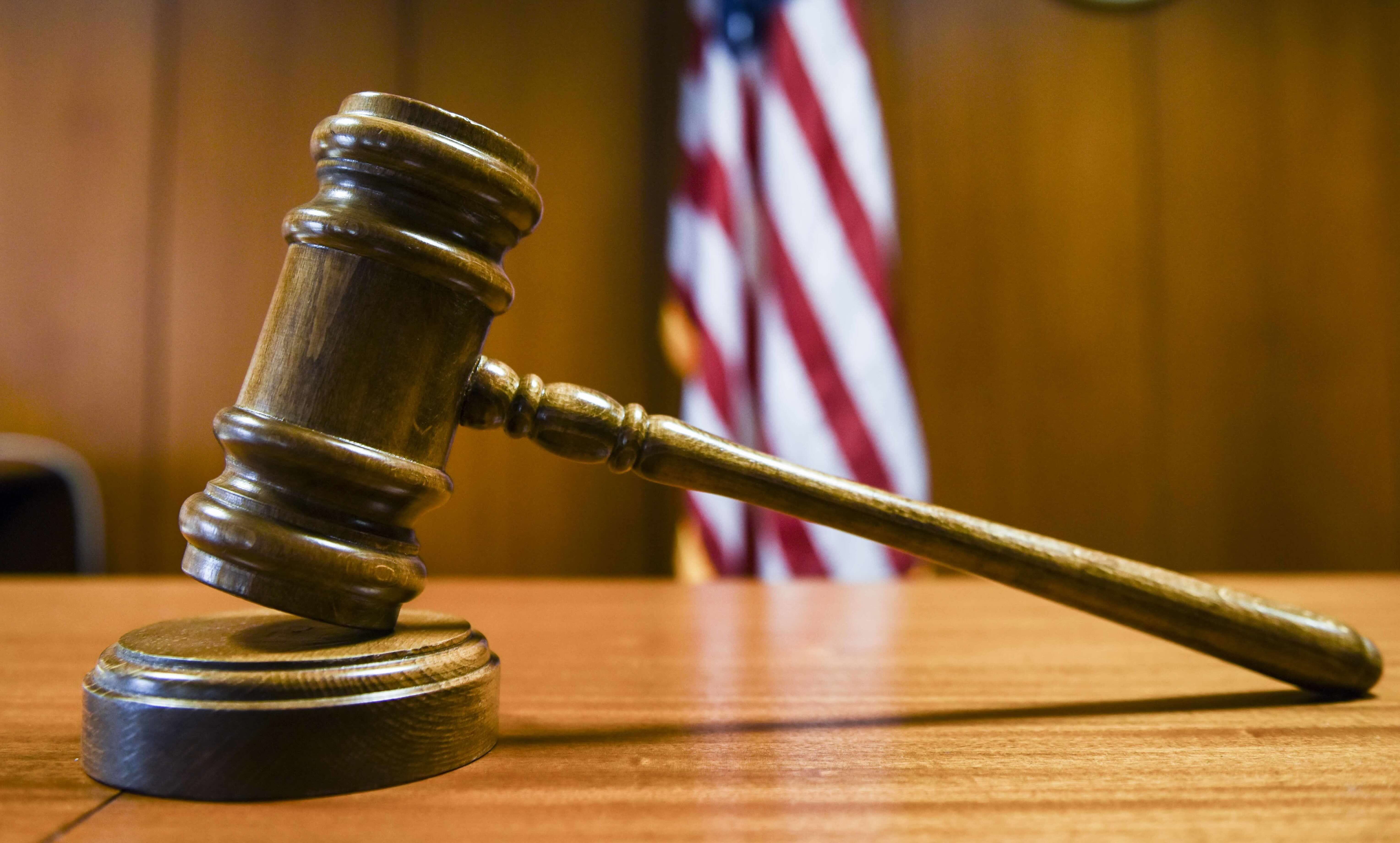
The following is from the executive summary of the June 24, 2013 U.S. Coast Guard Report: Report of Investigation into the Fire Onboard the CARNIVAL SPLENDOR which occurred in the Pacific Ocean off the Coast of Mexico on November 8, 2010, which Resulted in Complete Loss of Power.
On November 8, 2010 at 0600 (Local Time), the Carnival Splendor was underway off the coast of Mexico when the vessel suffered a major mechanical failure in the number five diesel generator. As a result, engine components, lube oil and fuel were ejected through the engine casing and caused a fire at the deck plate level between generators five and six in the aft engine room which eventually ignited the cable runs overhead. The fire in the cable runs was relatively small, but produced a significant volume of smoke which hampered efforts to locate and extinguish it. In addition, the fire caused extensive damage to the cables in the aft engine room, which contributed to the loss of power.
It took fire teams approximately two hours to locate the fire in the cable runs. Once located, the fire teams attempted to extinguish it with CO2 and dry powder portable extinguishers. However, the fire was not fully controlled by these agents due to a lack of cooling of the cable conductors which held heat and caused the cable insulation and jacket materials to continue to burn.
Approximately five hours into the firefighting effort, the Captain evacuated the engine room and attempted to activate the installed CO2 system.
The first attempt to activate the CO2 system from the remote location failed. Subsequently, ship’s crew attempted to activate the system manually from the CO2 room. The second attempt also failed because the section valve for the aft engine room was inoperable. Additionally, after pressurizing the CO2 system numerous fittings and hose connections within the CO2 system leaked. In the end, no CO2 was released into the aft engine room.
At 1315, the fire in the cable runs was extinguished, which was most likely due to a lack of oxygen resulting from closure of the watertight doors during the attempt to use the fixed CO2 system. Afterwards, vessel engineers were unable to restart the unaffected main generators due to extensive damage to cables in the aft engine room. Throughout the response, the emergency generator and back-up battery system provided power for emergency services.
There were no injuries or fatalities as a result of this marine casualty, and the vessel safely reached the port of San Diego on November 11, 2010.
Post casualty analysis of the event revealed that the installed Hi-Fog system for local protection was activated 15 minutes after the initial fire started. This delay was the result of a bridge watchstander resetting the fire alarm panel on the bridge. This was a critical error which allowed the fire to spread to the overhead cables and eventually caused the loss of power. While the fire was eventually self-extinguished, the failure of the installed CO2 system and the poor execution of the firefighting plan contributed to the ineffectiveness of the crew’s firefighting effort.
As a result of this casualty and the initial findings by investigators, the Coast Guard issued two safety alerts which covered the operation, testing and maintenance of CO2 systems.
Furthermore, Carnival took steps to evaluate fire safety systems, firefighting doctrine & training, procedures for inspection & testing of installed safety systems. Specifically, Carnival has removed the 40-second time delay from the automatic activation sequence for the Hi-Fog system and has implemented short and long-term solutions to rectify the problems associated with the activation of the CO2 system.
There are five safety recommendations in this report which are addressed to Carnival, Lloyd’s Register, Panama and the Coast Guard. The recommendations address the conditions onboard the Carnival Splendor which contributed to this casualty, as well as, the problems with the CO2 system installation on all Dream class vessels. In addition, the recommendations to the Coast Guard address the need for improved guidance to enhance the conduct and evaluation of fire drills.





